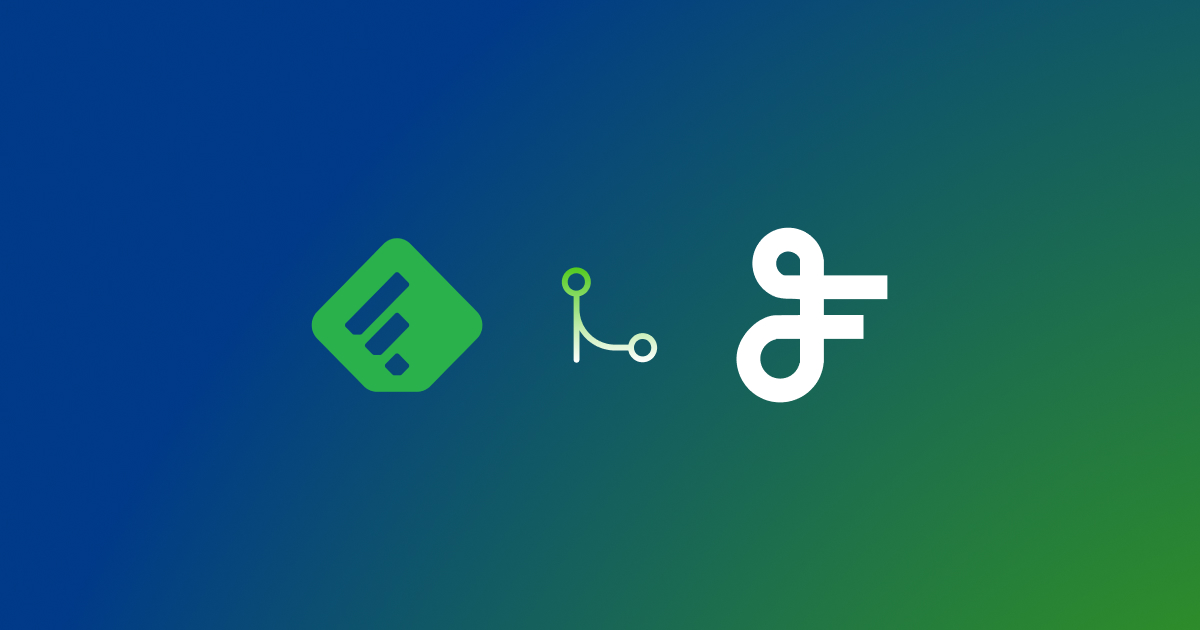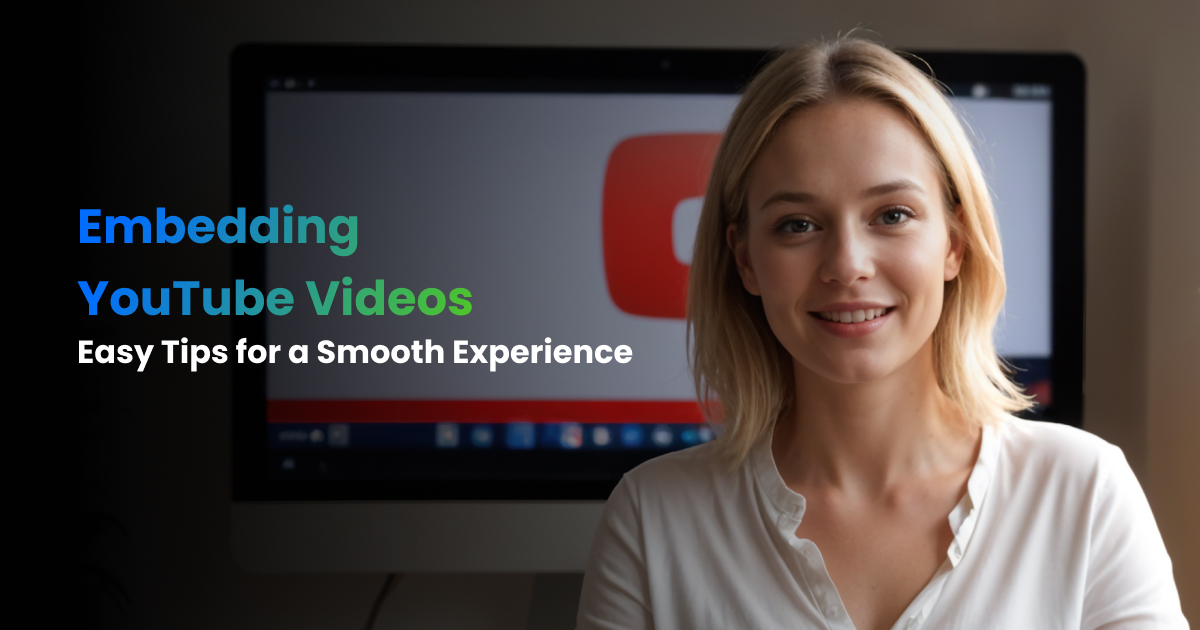RSS vs. Social Media for Content Discovery: Which is Better?
Contents
- 1 Introduction
- 2 Understanding RSS Feeds and Social Media for Content Discovery
- 3 Advantages of RSS feeds for content discovery
- 4 Advantages of Social Media for Content Discovery
- 5 Key Differences: RSS Feeds vs. Social Media
- 6 Practical Use Cases for RSS Feeds and Social Media for Content Discovery
- 7 When to Use RSS Feeds and When to Use Social Media
- 8 Ideal Strategy: Merging RSS feeds and social media as content discovery sources
- 9 Conclusion
Introduction
Do you mindlessly scroll through an endless stream of content, losing focus on the ads, and the sponsored posts? With all those choices in how to take in digital content, sometimes you can end up lost among all that content. There are two major tools that use content discovery: RSS feeds and social media. Both have their strengths but deciding which one is better comes down to meeting your needs. RSS vs. Social Media for Content Discovery: when to use one versus the other.

Understanding RSS Feeds and Social Media for Content Discovery

RSS: What is it?
RSS or Really Simple Syndication is a very important content curation service, which feeds sites, blogs, and news outlets, bypassing advertisements, directly into your stream. Therefore, RSS acts as a powerful tool in the arsenal of content discovery tools, offering users curated and controlled information. It is, therefore, another related tool that allows them to follow specific topics or creators minus the social media interruptions.
Social Media’s Role in Content Discovery
Nowadays, social media algorithms allow the social media application of TikTok, Instagram, and Facebook to provide a dynamic and personalized experience for users, accompanied by ads and sponsored posts’ set of distractions. Despite everything, social media remains the best medium for content discovery, and this is how it exposes users to a wide range of topics and trends.

Advantages of RSS feeds for content discovery
- Control and Personalization:
With RSS, you are in control of the feed content. You just select the sites, blogs, or publications of interest and add them to a personalized feed without waiting for social media’s algorithm to decide what you might want to read. So, it is purely a choice for users who want to keep updated with relevant and consistent information over a lengthy period. - Privacy:
RSS doesn’t track activity or require personal data; hence, it’s an awesome product for those who are concerned with privacy. Unlike social media, which relies on the benefit of collecting data to advance digital content consumption, RSS feeds allow users to stay updated without invading their personal space. - Consistency and Reliability:
RSS always updates selected sources so that users never miss valuable content from trusted websites or creators. This is the reason why RSS could be used very effectively as part of the discussion on the curation tool with uninterrupted updates. - Ad-Free Experience:
Most importantly, there is no ad in RSS feeds; therefore, it is perfect for all those interested in focused readings without getting distracted by ads. In fact, RSS feeds are long lists as a preferred tool for those who want to consume digital content without ads.

Example Use Case for RSS Feeds
A healthcare professional might use RSS to follow updates from specific medical journals or blogs, receiving new content without distracting ads. This scenario shows how RSS vs. Social Media for Content Discovery can favor RSS when uninterrupted, niche-focused information is a priority.
Advantages of Social Media for Content Discovery
- Algorithmic Recommendations:
Social media algorithms help users discover new content based on their behavior and preferences. This algorithm-driven experience can reveal new topics, creators, and ideas, making it a powerful content discovery tool. - Social Proof and Engagement:
It’s very much in the nature of social proof to be liked, shared, or commented on, which nudges the user toward trending or hot topics. As such, this makes it uniquely advantageous for users who value crowd-sourced recommendations in their digital content consumption. - Real Time Update:
Social media lets one get the most current updates, making it perfect for following breaking news, viral trends, or live events. Finding and discovering timely updates shines with social media.

Example Use Case for Social Media
A small business owner interested in industry trends can browse topics of interest on Instagram or TikTok, with the algorithms around those platforms enriching the experience. The previous example illustrates how RSS vs. Social Media for Content Discovery may in fact favor social media for diverse, trend-focused content.
Key Differences: RSS Feeds vs. Social Media
- Content Curator vs. Discovery:
While RSS gathers the best content from trusted sources, social media is more about discovery, and algorithms occasionally bring to attention a broader scope of information that users would not have had otherwise were they relying on RSS. - User Control vs. Algorithm Control:
Users in an RSS feed are in control of their content experience, while the content offered on social media rely heavily on algorithms to predict what they may enjoy. - Privacy vs. Data Tracking:
RSS doesn’t track user data, in contrast to social media’s data-driven approach to content discovery. - Consistency vs. Trend-Driven Content:
Through RSS feeds, users have the benefit of steady streams of content from chosen sources. Social media, on the other hand, is highly trend-driven in nature with constantly changing content as it reacts to popular or viral topics.

Practical Use Cases for RSS Feeds and Social Media for Content Discovery
When to Use RSS Feeds
RSS is best used by the users who need uninterrupted and advertisement-free updates on selected topics. Professionals, researchers, and serious readers often rely on RSS for a private source of reliable content.
When to Use Social Media
Social media really comes alive when people want to follow trends, connect with people, and engage with interactive contents. Nothing discovers real-time content as well as social media algorithms.
When to Use RSS Feeds and When to Use Social Media
When RSS is Better
RSS is great for focused, ad-free reading on specific subjects. It’s ideal for users who want to follow thought leaders, industries, or publications directly.
When Social Media Shines
Social media can be a great discovery of new creators and participation with current trends where one would get in touch with more people. Even an algorithmic approach can bring a quicker search for rich diversity.
Leveraging Both Tools
So, the use of RSS feeds and social media together will incorporate the best from both worlds to get the most from the content. Use RSS to update from credible sources and social media for new and popular ones within a community.
Tools Recommended

Conclusion
Both RSS feeds and social media are good ways to find content. RSS offers an ad-free, private experience, while social media comprises real-time discovery with social engagement. Combining the two allows readers to take advantage of consistent updates from a vetted source, including discovering new and popular content from larger communities.

Your preference will decide the final option in the debate: RSS vs. Social Media for Content Discover. For privacy and consistency, RSS wins. For trends and social interaction, take it there with social media.


